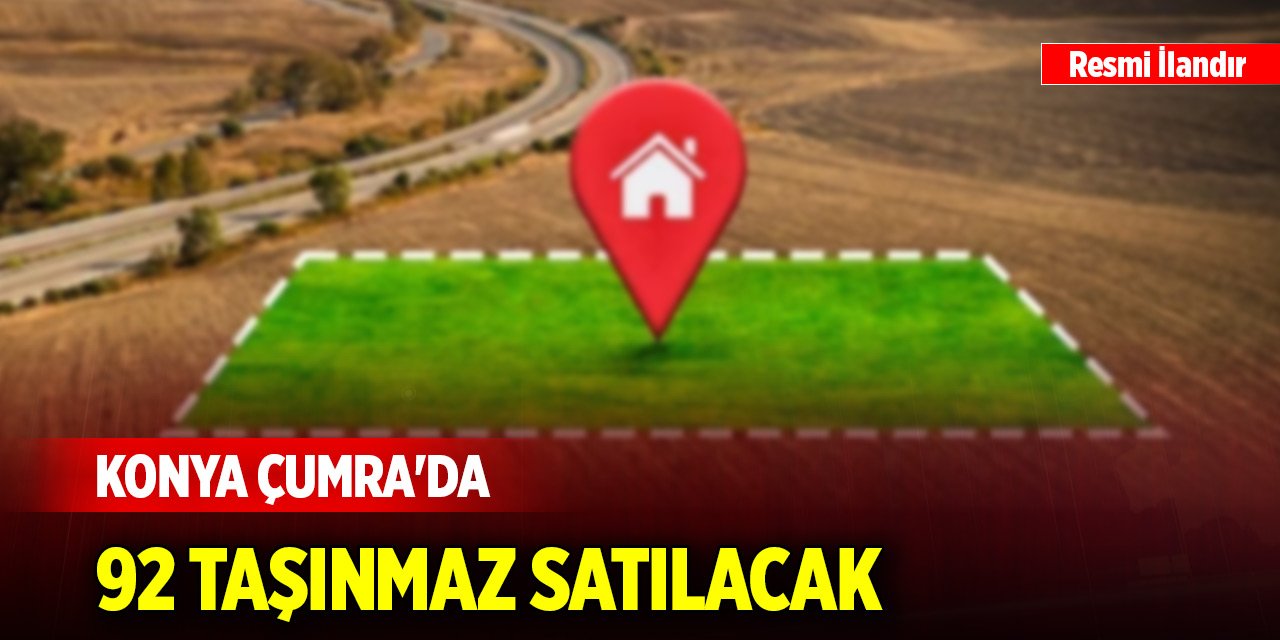UN suggests corruption behind Guatemala disaster
Corruption may have played role in disaster, international officials say as death toll reaches 220

Corruption may have played a role in the landslide that killed more than 200 victims in Guatemala, top international officials in the country said Wednesday.
The Oct. 1 landslide occurred when heavy rains caused a hillside to collapse onto El Cambray II, a settlement in Santa Catarina Pinula, on the southeastern outskirts of Guatemala City.
The death toll rose to 220 on Wednesday, according to official reports. An estimated 150 people are still missing, and search and recovery efforts continue.
“What happened in Santa Catarina Pinula goes beyond a natural disaster”, said Valerie Julliand, resident coordinator for the UN System in Guatemala.
Heavy rains triggered the landslide, but authorities neglected to take preventative actions, Julliand said. The case of the landslide and other incidents reflect institutional weakness, she said.
“Whether this institutional weakness is due to matters of corruption or to other causes, the result is the same. It affects human life,” Julliand said.
Julliand made the comments Wednesday at a press conference regarding funding for the UN-backed International Commission against Impunity in Guatemala (CICIG). The commission has played a key role in the investigation and prosecution of corruption scandals that brought down the administration of Otto Pérez Molina earlier this year.
Iván Velásquez, the former Colombian Supreme Court judge who now heads CICIG, also made reference to a connection between corruption and the deadly landslide.
“The population has understood that behind disasters like this one ... behind the death of children due to hunger, behind the problem of the lack of education, behind the problem of medications, behind the miserable living conditions of so many millions, there is corruption,” Velásquez said Wednesday.
Prosecutors are conducting a criminal investigation into the landslide to identify and prosecute any individuals who may be responsible, according to a statement released by the Office of the Public Prosecutor.
Investigators are looking into whether there were timely warnings of risk, what actions were taken by officials, and whether legal requirements were fulfilled for residential construction in an area considered high risk.
El Cambray II was identified as a high-risk area as far back as 2008, according to CONRED, the National Coordination for Disaster Prevention. CONRED inspected the area last November and confirmed the risk to the municipal government of Santa Catarina Pinula, where the landslide occurred.


